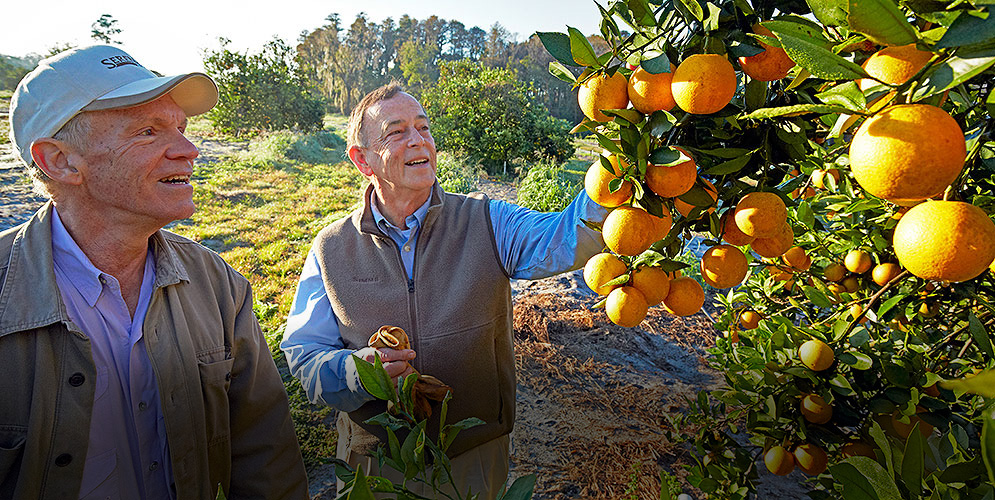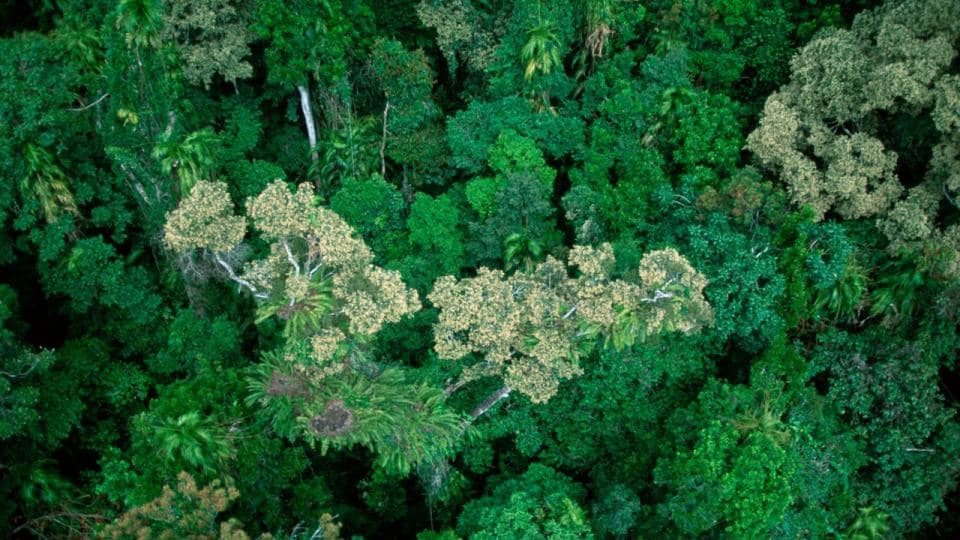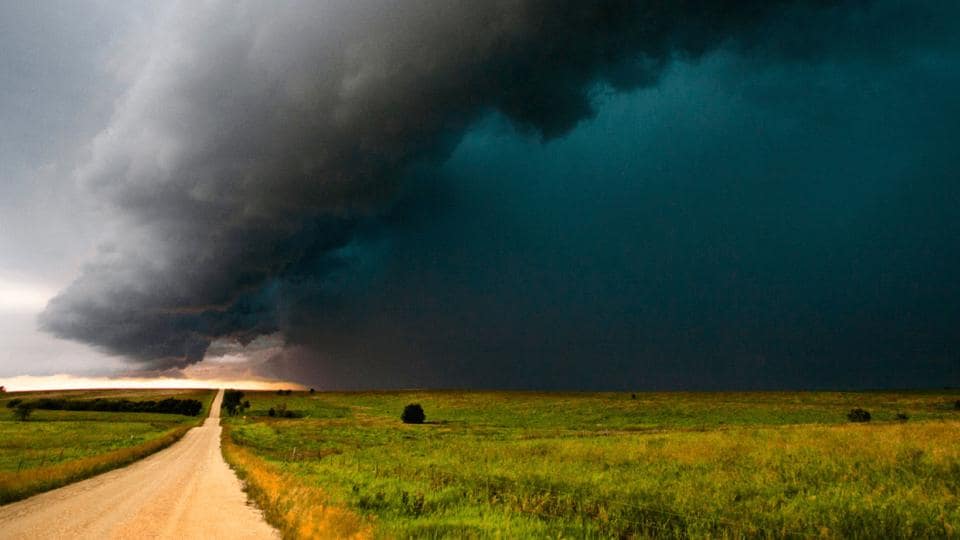Tropical Race 4 (TR4) Fungus Disease Putting Bananas at Risk

An aggressive fungus is threatening banana plantations worldwide – and the banana, as we currently know it. Kai Wirtz, Global Crop Manager Fruit, and Rolf C. Becker, responsible for plant diseases in the Crop Technology Team Horticulture at Bayer, explain what needs to be done to save this fruit.
News reports are indicating bananas are at risk. How serious do things look for the fruit?
Kai Wirtz: The situation really is very precarious. Tropical Race 4 (TR4) is threatening stocks of the Cavendish banana, the global standard variety that accounts for more than 95 percent of world trade in bananas. So far, there’s no treatment against this pathogen and it’s continuing to spread.
What countries are affected?
Wirtz: Plantations in Asia and Africa have already been wrestling with the disease for quite some time. In summer 2019, plantations in Columbia were hit for the first time. We are concerned that the pathogen will spread to other cultivating regions. Above all in Latin America – home to the world’s largest producers.

What’s the worst-case scenario?
Wirtz: If we fail to combat TR4, bananas as we know them today might be completely eradicated. The basic sustenance and livelihood of millions of people in the countries that produce bananas are under threat.
What’s so tricky about TR4 disease?
Rolf C. Becker: This fungus attacks the banana plants via their roots, clogging their vascular system, which prevents the transportation of water and nutrients throughout the plant. The bananas’ stems turn black, their leaves wilt and no new fruits form.
How can farmers defend their crops?
Wirtz: They have no other choice than to burn the affected plants. Even then, the spores can survive for decades in the soil, meaning the farmers can no longer cultivate bananas on that ground. The fungus also represents a threat to their existence, as 90 percent of global banana production is conducted by smallholders.
Why is this fungus spreading so rapidly?
Becker: The spores are easily transmitted – such as in soil clinging to machines or the soles of shoes, but also via water. At the same time, many farmers don’t pay sufficient attention to hygiene – for example, the need to disinfect workers’ clothing and machinery that have come into contact with infected plants. In some cases, farmers aren’t aware that their plantations have been affected. The incubation period lasts several months. It takes a while for visible signs of the disease to emerge.
As yet, there is no treatment for the disease – what now?
Becker: Scientists and researchers have joined forces worldwide and formed a consortium. That includes Bayer. Solving this problem is complex – it’s something best tackled together. It’s also a race against time. We are currently adopting a combination of different measures.
What possibilities are there?
Becker: Bayer is informing farmers about the most effective ways of avoiding spreading the disease, collaborating closely with farmers’ associations and state authorities in the process. We have developed means of strengthening the roots that lower the risk of the fungus penetrating them – while at the same time working on developing new active substances that could potentially stem the transmission of TR4.
So, do we need a means of combating the fungus or a new variety of banana?
Becker: It’s very difficult to find a means of protecting against this fungus. Another option is to cultivate a new variety of banana that’s resilient to the pathogen. Scientists have already succeeded in this with the aid of a gene from a wild banana. However, the question is whether this banana will catch on. That’s also down to consumers.
What can consumers do for their part?
Wirtz: They should be open to trying out new varieties, even if new technologies are used to cultivate them. Crispr/Cas9, for example, is ultimately only a method of pointedly cultivating something that could also be achieved more arduously using conventional methods.
How confident are you of saving the banana?
Wirtz: We are optimistic that we can overcome this problem in the long term. However, this calls for an international alliance between the banana industry, governments, NGOs and leading research institutions to improve sustainable prevention and quarantine measures, to raise awareness and train producers – from professionals to lowest-scale smallholders, and to drive forward interdisciplinary research.


Learn more about the work of the Global Alliance Against TR4, or follow the Banana Action Group on LinkedIn.
Resurgent Danger
History is repeating itself. Till into the 1950s, banana farmers all over the world cultivated a variety called Gros Michel. But a strain of pathogen called “Race 1” decimated this type, eradicating it from the world’s banana supplies. Gros Michel bananas had to be replaced by a new clone – the Cavendish. Although this variety has a less intense taste and tends to bruise, bananas made it back onto the global menu. However, this variety has also been under threat since the 1990s. It is extremely prone to attack by the pathogen strain TR4, which was first identified in Southeast Asia.





















